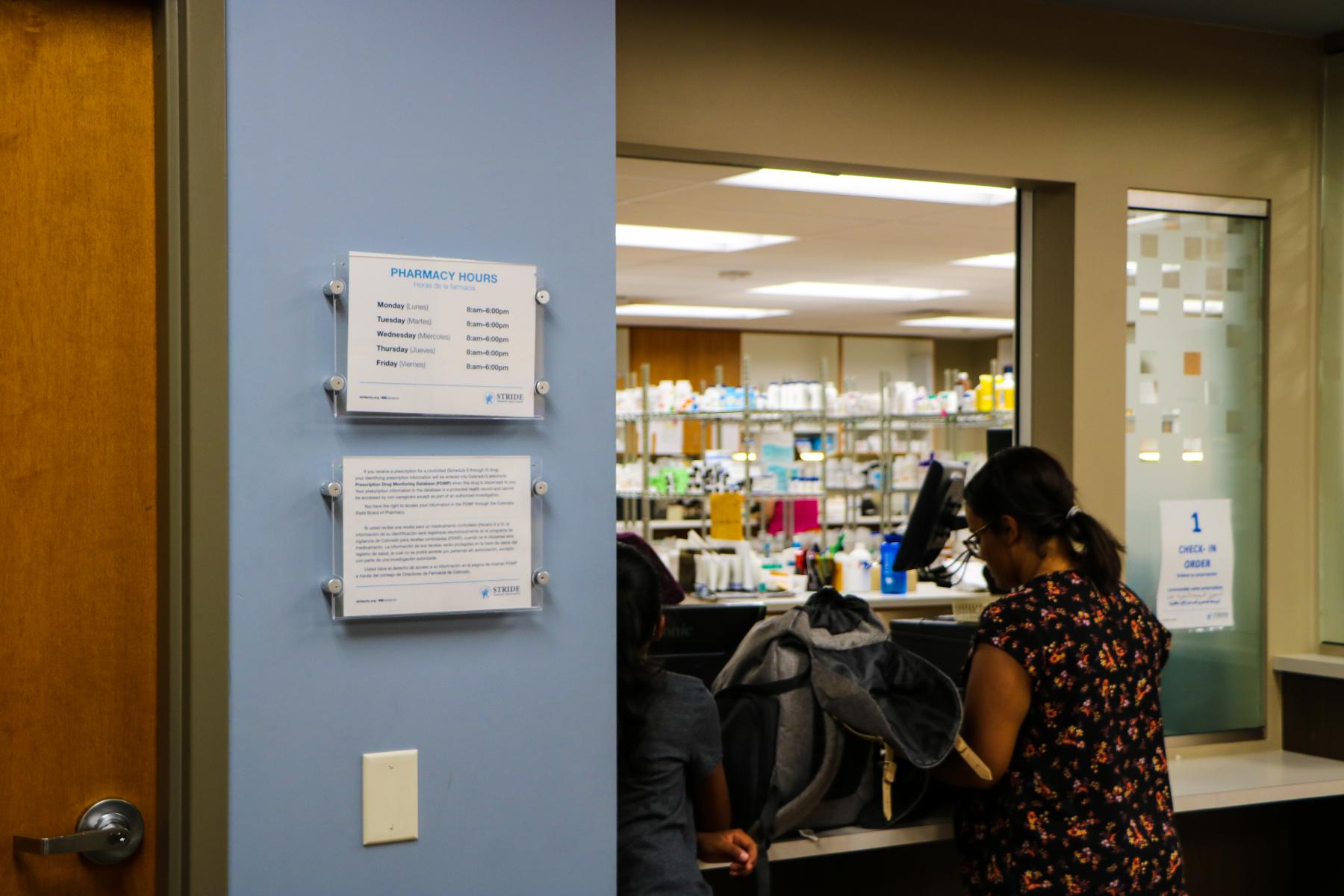Rooted in Communities: Marking National Health Center Week

In order for a person to get the health care they need, a variety of conditions typically need to be in place. These include:
- Being able to get to the clinic.
- Being able to afford the services.
- Having a provider who speaks the same language.
Community health centers work hard to make services available to Coloradans all over the state who would otherwise not be able to get the care they need.
It is therefore appropriate that “Rooted in Communities” is the theme for this year’s National Health Center Week, which runs August 4th-10th. The goal of this week is twofold: to highlight the services and care offered by community health centers (CHCs) — also generally known as Federally Qualified Health Centers — and to build support for them.
CHI will highlight these clinics in a publication coming next week.
To learn more about our local CHCs, I visited STRIDE North Aurora Family Health Services — formerly known as Metro Community Provider Network — where I met with Erika Oakvik, Communications Manager, and Linda Skelley, Grants Manager, who graciously agreed to give me a tour around the facility.

The tour not only illustrated the fundamentals of community health centers but reinforced the ways that these clinics respond to the needs of Colorado communities.
What is a community health center?
A community health center is a nonprofit, consumer-directed health care organization that provides access to high quality, affordable, and comprehensive primary and preventive medical, dental, and mental health care.
At the STRIDE facility I toured, I was impressed by the seamless ecosystem that existed. The integration of the dental unit at this STRIDE location was a standout feature: Patients who need oral health care can receive it right on-site without having to go elsewhere.
Who do they serve?
Poverty, homelessness, isolation, lack of access, lack of insurance, and mental illness increase a person’s risk for serious and costly medical conditions. Community health centers are unique in that they have a mission of ensuring access for the underserved, underinsured, and uninsured individuals; this means that anyone, regardless of their ability to pay, can receive primary and preventive healthcare from a community health center.
Nationally, health centers serve around 28 million patients per year. That number is expected to rise with an increased demand for primary care and preventive services as awareness of how social and environmental factors play into health grows.

Within Colorado, community health centers provide health care for more than 830,000 people. In 2017, STRIDE served nearly 54,000 patients across its 18 locations. More than two-thirds of its patients have incomes that are at or below the Federal Poverty Level. At community health centers like STRIDE, providers must be prepared to serve a racially, geographically, and linguistically diverse patient population. Over 116 different languages are spoken by STRIDE patients, and patients live in more than 115 different ZIP codes.
How are community health centers funded?
Community health centers are funded through a combination of federal and local grants, patient generated revenue, and charitable donations.
A little over half of STRIDE’s funding is patient-generated. Federal grants make up the largest portion of non-patient-generated revenue. In order to qualify for these grants, STRIDE (and other centers like it) are required to have a board of directors that governs the activities of the organization; most of the board (at least 51%) must be composed of consumers of services.
Since community health centers rely heavily on federal grant funding, primarily through the Health Center Program, authorized in section 330 of the Public Health Services Act, grant writers such as Linda keep a close eye on funding provided by Congress. Since 2010, Congress has repeatedly extended the Community Health Center Fund (CHCF) which provides support to expand health centers. Currently, the CHCF is set to expire September 30, 2019. The fluctuation and uncertainty of federal funding often causes uncertainty and concern around if community health centers will be able to serve their patients.
The value and impact of community health centers
Beyond the care and health services they provide, community health centers contribute to the state’s overall economy. They bringing in federal grants and employ thousands of people. STRIDE employs over 700 workers and contributes nearly $53 million to community spending. In Colorado, community health centers directly generate 5,353 full-time jobs and support an additional 4,426 jobs in other businesses.
In some Colorado communities, community health centers are among the largest employers; STRIDE employs physicians, medical technicians, dentists, pharmacists, dental hygienists, and caseworkers. Community health centers also engage in building and remodeling projects which can employ and attract investment from other businesses and local communities.

Community health centers also have a value that extends beyond jobs and financial impact. They add value to the community by providing comprehensive care to everyone, regardless of their ability to pay. They tie us together by improving our communities’ health and well-being. My visit to STRIDE was a reminder of the scope of these centers’ work and their impact on our communities.
Read more about community health centers in the updated Safety Net Primer.
Want more information about health and health policy in Colorado? Subscribe to our newsletter or find CHI on Facebook and Twitter
Related research and blogs:
- The 2017 Access to Care Index
- Of Privilege and Percentage: A Reflection on Access
- Putting the People Back in Health

